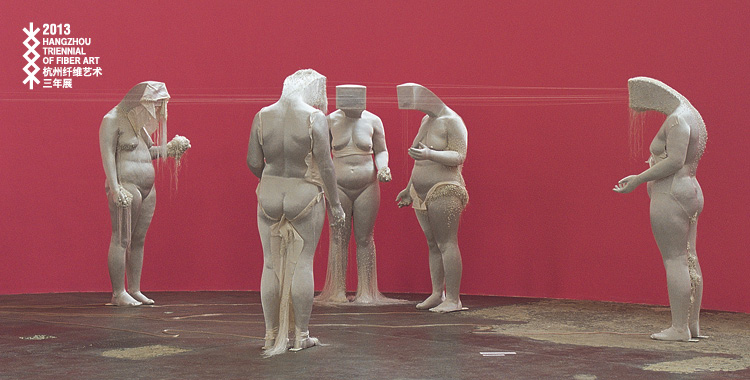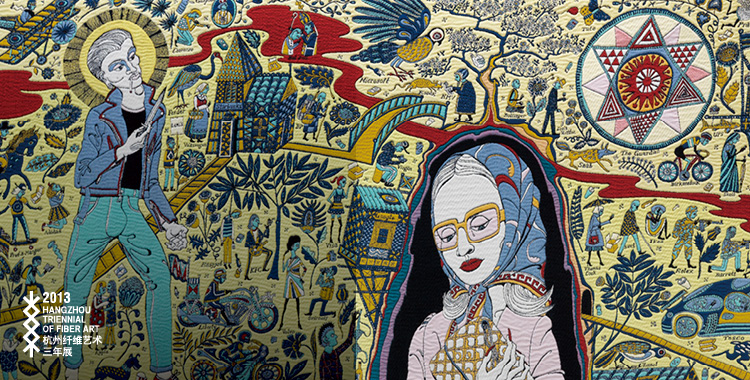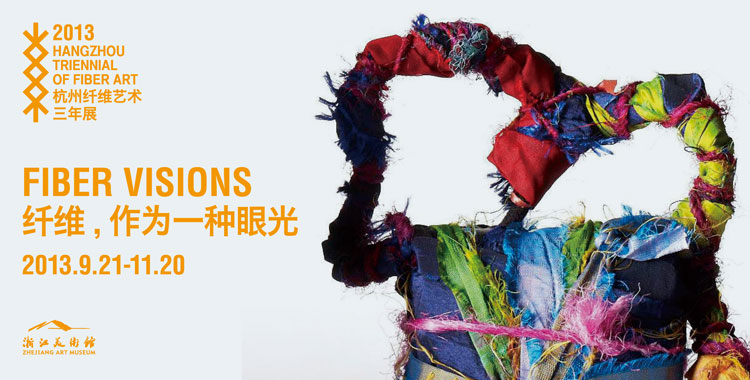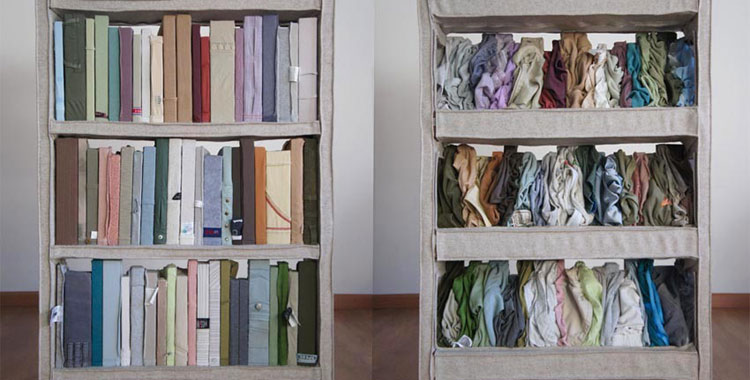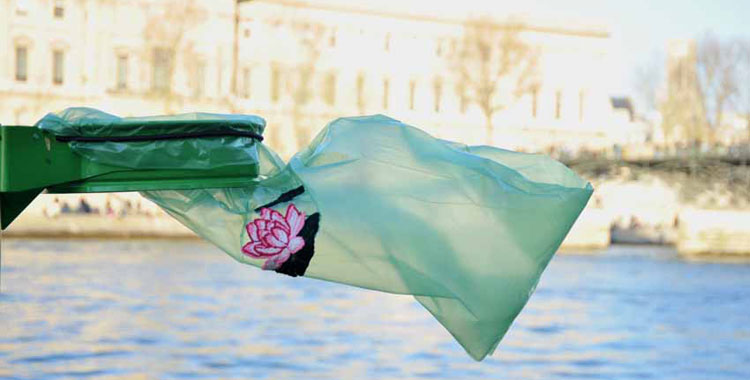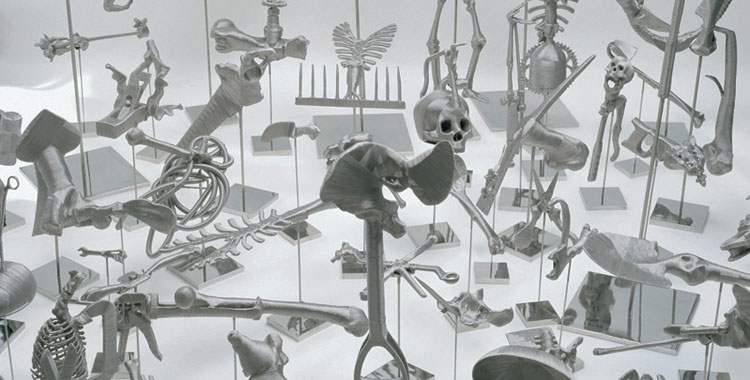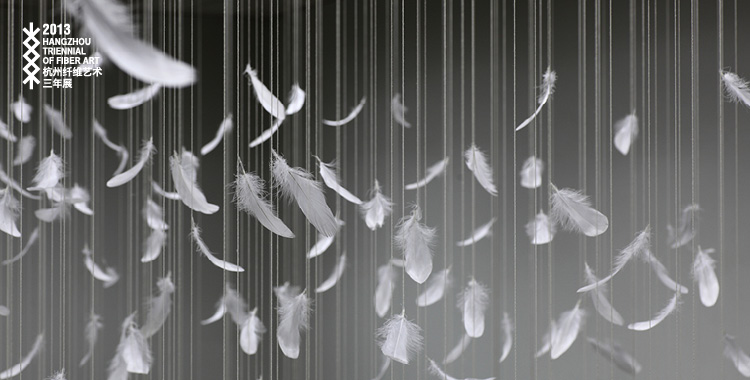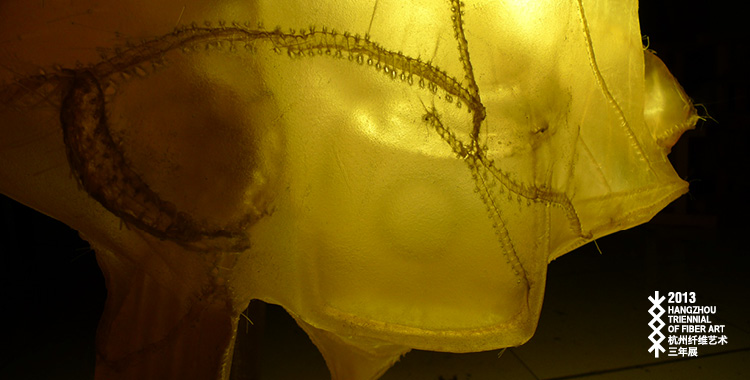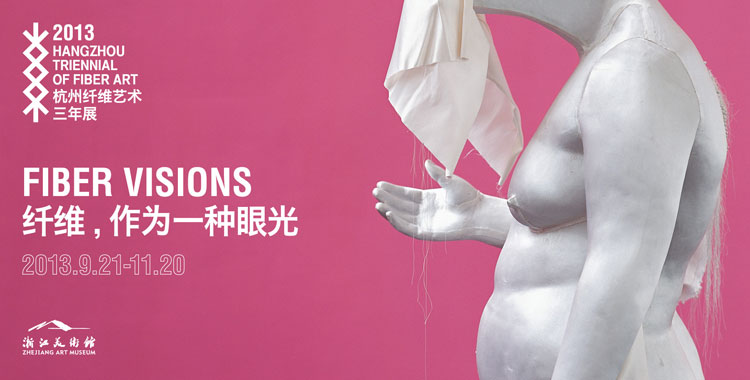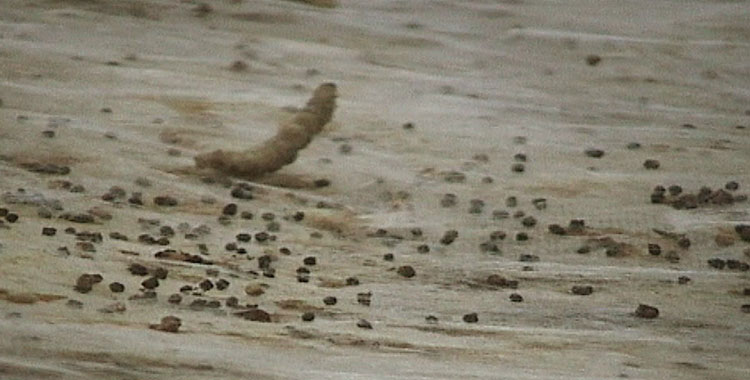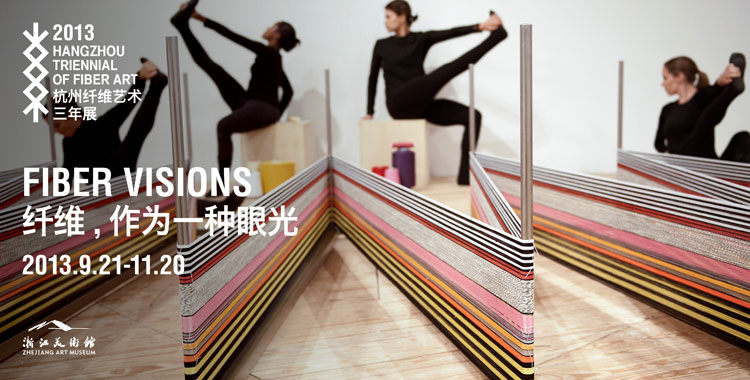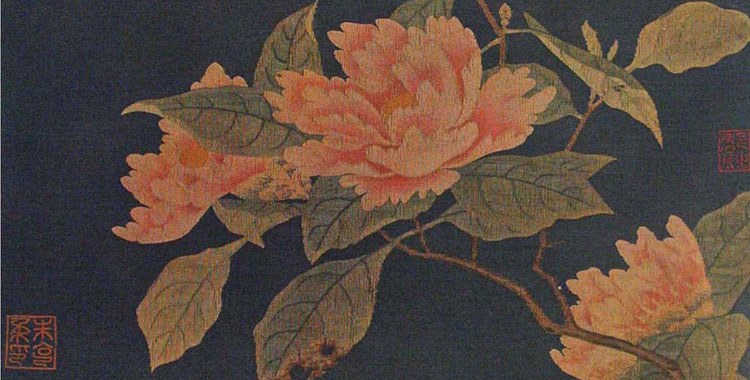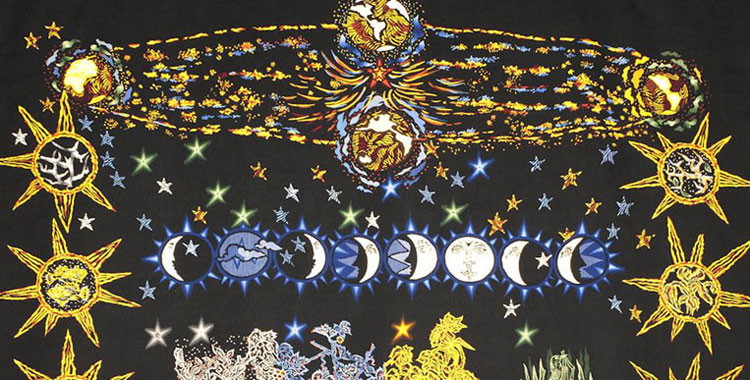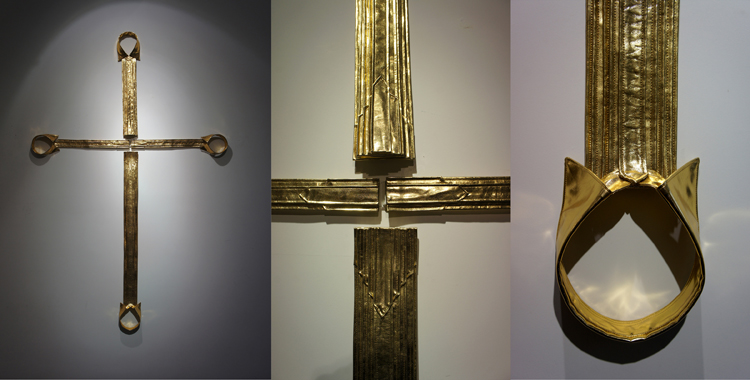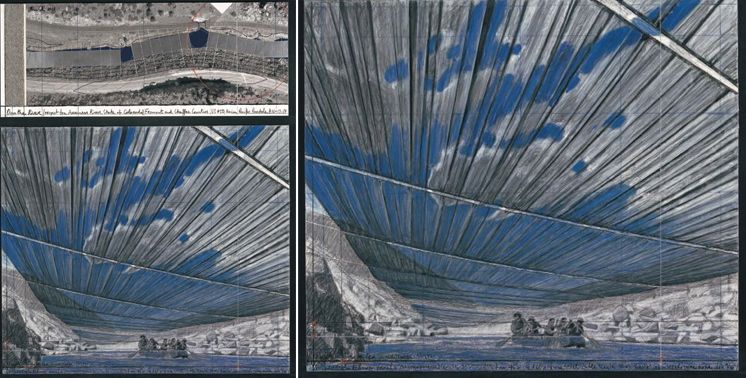Kiki Smith
Kiki Smith
2010
Kiki Smith: Lodestar, catalogue text by Virginia Raguin, 545 West 22nd Street, New York, USA
Kiki Smith, Galleria Lorcan O’Neill Roma, Rome, Italy
Kiki Smith, Mortal, Galerie Lelong, Printshop, Pairs, France
2010—2011
Kiki Smith: Color Still, , curated by Cai Guo-Qiang, Under Museum of Contemporary Art, Colle di Val d’Elsa, Italy
2010—2012
I Myself Have Seen It: Photography & Kiki Smith, Henry Art Gallery, Seattle, USA. Traveled to: Mary and Leigh Block Museum of Art, Northwestern University, Evanston, Illinois, USA; The Frances Young Tang Teaching Museum, Skidmore College, Saratoga Springs, New York, USA; Scottsdale Museum of Contemporary Art, Arizona, USA
2011
Kiki Smith, Barbara Krakow Gallery, Boston, USA
2012
Visionary Sugar: Works by Kiki Smith, Neuberger Museum of Art, Purchase College, State University of New York, Purchase, New York, USA
Kiki Smith, Gund Gallery, Kenyon College, Gambier, Ohio, USA
Kiki Smith, Catching Shadows, Galerie Lelong, Paris, France
Kiki Smith, Seton Smith, Tony Smith, Kunsthalle Bielefeld, Germany. Traveled to: Kunstmuseum Liechtenstein, Vaduz, Liechtenstein
2013
Les Papesses, Collection Lambert, Avignon, France
The greatest series of tapestries in the world were created late in the thirteenth century and commissioned in Angers, France. They are known as the Apocalypse Tapestry. By the 1700s, they were forgotten and being used in a horse barn. They had been lost to history and become threadbare and disregarded and practically all but destroyed. Since then, efforts were made to restore them and now they are exhibited in Château d'Angers. In France, there was a tapestry revival in the mid-twentieth century. One of the artists that participated in the re-popularization of this great form was Jean Lurçat. Inspired by the Apocalypse Tapestry, he made a response after World War II; a large series, it also hangs in Angers. Both of these phenomenal groups of tapestries were one of the first things I ever, as an adult, intentionally went to go see. Both had a profound influence on me and my aesthetic appreciation of European medieval work in general. Recently, several years ago, Don and Era Farnsworth of Magnolia Editions invited me to make tapestries based on the jacquard technique and woven in Belgium. I have been very fortunate to have had this opportunity; but, possibly to their chagrin and to their great credit of not running, I told them I would have to make at least nine and maybe more. So far, we've made six. I have two other partial drawings done and I can see, if I had the opportunity, I would continue exploring this great form.


